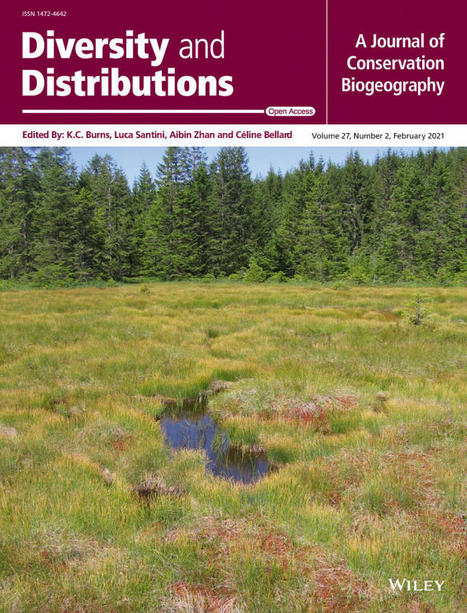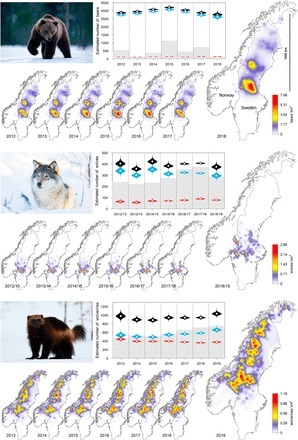The recent recovery of large carnivores in Europe has been explained as resulting from a decrease in human persecution driven by widespread rural land abandonment, paralleled by forest cover increase and the consequent increase in availability of shelter and prey. We investigated whether land cover and human population density changes are related to the relative probability of occurrence of three European large carnivores: the grey wolf (Canis lupus), the Eurasian lynx (Lynx lynx) and the brown bear (Ursus arctos).
Research and publish the best content.
Get Started for FREE
Sign up with Facebook Sign up with X
I don't have a Facebook or a X account
Already have an account: Login
Revue de presse et du net par le Pôle de partage des connaissances S&T de l'Office français de la biodiversité
Curated by
DocBiodiv
 Your new post is loading... Your new post is loading...
 Your new post is loading... Your new post is loading...
|
|











